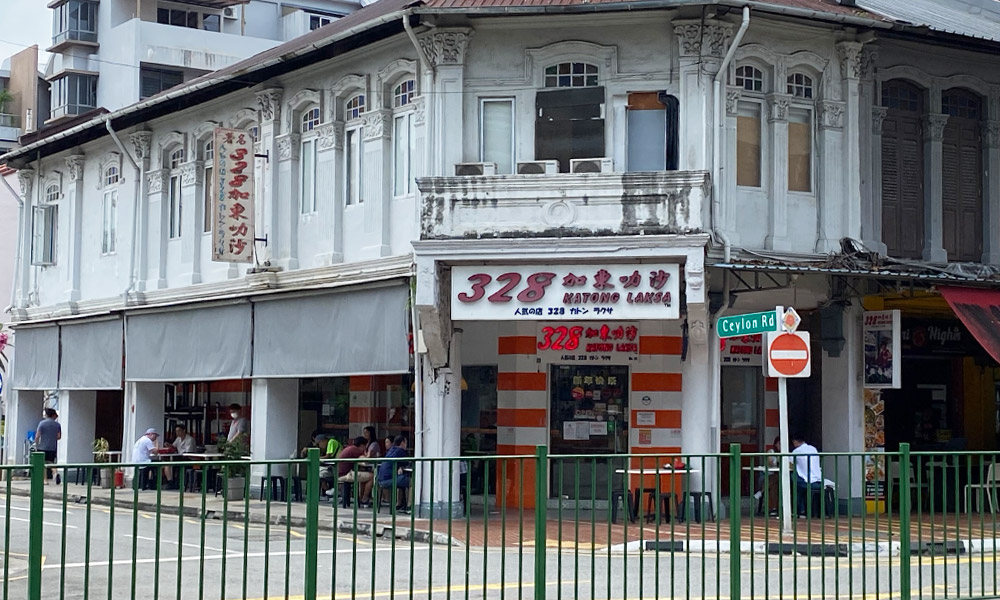By Cindy Liew |
At the opening session of the Singapore Economic Review Conference 2015 held just before National Day, Mr Ravi Menon, Managing Director at the Monetary Authority of Singapore (MAS), gave an inspiring talk titled ‘An Economic History of Singapore: 1965 – 2065’, in which he revealed:
In 1965, Singapore’s nominal GDP per capita was around US$500 (S$677). We were at the same level as Mexico and South Africa.
In 1990, GDP per capita had risen to about US$13,000 (S$17,610), surpassing South Korea, Israel, and Portugal.
In 2015, GDP per capita was about US$56,000 (S$75,850). We had caught up with Germany and the United States.
By 2040, Mr Menon envisions that our GDP per capita will have reached US$96,000 (S$130,030), placing Singapore amongst the top-ranked countries in the world and shifting our benchmark to become cities. We are among the top 25 cities worldwide.
In 2065, GDP per capita is US$120,000 (S$162,540), the fifth highest among cities in the world.
Although the descriptions of year 2040 and 2065 were imagined (See here for Mr Menon’s speech in full. We know for sure that Singapore’s economy is growing rapidly (See Figure 1), and so are the number of cash transactions.

Now let’s take a peek into the future of cash in Singapore:
A Cashless Singapore
Yes, I am talking about a Singapore with literally no cash. Is it possible?
Although it sounds absurd, researchers and policy makers have discussed this issue for some time. In fact, a quick search shows that as early as 1992 [1], there has been some discussion about the possibility of Singapore becoming a totally cashless society.
In 2013, MasterCard, an American multinational financial services corporation, published a report titled ‘Measuring progress toward a cashless society’. According to the report, 61 percent of consumer payment transactions in Singapore were done using non-cash methods. This percentage is higher than that of the Netherlands and Sweden.
Indeed, many of us are very familiar with the different cashless payment methods in Singapore: NETS, EZ-LINK, GIRO, debit card, and credit card. Nearly everybody in Singapore has the day-to-day experience of cashless convenience: there is no need to look for change when purchasing a bottle of water that probably costs less than a dollar. Recently, with the wider adoption of Visa payWave and Apple Pay terminals at some retail stores, transactions can be done much more quickly and easily.
We might easily ignore this fact, but holding cash is not cost-free. Imagine discovering an interesting item on Amazon (let us assume there is free shipment). Without access to cashless payment methods, we probably need to go down to a local store to check if the item is available there — the travelling time and transportation fees incurred are real costs. For businesses, holding large amounts of cash incurs additional costs for securely storing and insuring the cash.

Negative Interest Rates
In June, the interest rate on bank savings deposits was 0.14% per annum, as reported by MAS. But can interest rates turn negative? Though another seemingly insane concept, a negative interest rate is something often discussed by policymakers and central bankers, particularly in the context of a cashless economy. Adoption of negative interest rates is tempting when the economy is hit by a large deflationary shock. In an economy that is heavily dependent on cash, if the central bank sets the interest rate to be negative, people might react by withdrawing their money from the banks and storing it in their own safes. This results in a situation universally feared by all banks – bank runs.
But if there were no cash at all, consumers are generally left with two choices: (a) either to do nothing and let their money be kept in the bank and slowly devalue with the negative interest rate, or (b) spend it, which may help stimulate domestic demand and boost economic growth. In fact, seen from another angle, negative interest rate is not that unimaginable after all. As Professor Kenneth Rogoff from Harvard University revealed, if all central bank liabilities were electronic, paying a negative interest on reserves is not too different from charging a fee. [2]
Speaking of negative interest rates in the context of Singapore, however, the case is slightly different. In an April article published in the Business Times, Mr Xie Tao Jun, a researcher at the Sim Kee Boon Institute for Financial Economics, Singapore Management University, pointed out that the domestic interest rate is not really controlled by the MAS. Instead, it is largely affected by US interest rates and investors’ expectations of movements of the Singapore dollar in future. However, he also mentioned that as Singapore may have to be prepared for interest rate shocks from the US, including a negative federal funds rate, a cashless economy would be helpful.
A commonly raised benefit of using cash as the payment method is the anonymity associated with it. Usually, little information about the buyer is recorded when we transact using cash. Paradoxically, from the perspective of governments and regulatory bodies, this is the exact drawback of using cash as it allows underground economic activities.

So there is a trade-off: by going cashless, we lose the liberty of anonymous transactions, but it may help prevent illegal activities like bribery and money laundering.
FinTech
Whether Singapore will go cashless or not still depends on many other factors, like people’s transaction habits and if the necessary technology and infrastructure are in place. FinTech, abbreviated for financial technology, refers to an emerging industry that uses technology to provide more efficient financial services: greater ease in borrowing and investing, cheaper payment processes, and faster transactions. It seems that FinTech entrepreneurs aim to redesign the rules of the banking system – into probably one that has no banks.
One such born-in-Singapore FinTech company is Numoni, which aspires to provide financial services to the underbanked: migrant workers, the elderly or perhaps the unemployed who might live on less than US$2 (S$2.70) a day and heavily rely on cash for daily transactions. It enables financial services like micro remittances, micropayments and microloans.
According to a 2013 Mastercard report, 61 percent of consumer payment transactions in Singapore were done using non-cash methods.
According to the Global FinTech Report by PwC released in March this year, 73 percent of traditional financial institutions in Singapore believe they are at risk of losing business to FinTechs.[3] But some also pointed out that, despite the perceived challenges posed by the FinTech industry, the volume of trade by FinTech companies compared to that done by banks is akin to a drop of water in an ocean. [4]
Last year, MAS committed S$225 million over a five-year span to support the growth of the FinTech sector, under the Financial Sector Technology & Innovation (FSTI) scheme. With financial technology, more transactions and payments have gone digital.
Can you imagine a cashless Singapore in 2065?
——————————————-[1] Lee, L.N., Seah, S.H., & Yeo, H.C., 1992. Singaporeís move towards a cashless society.
[2] Rogoff, 2014. Costs and benefits to phasing out paper currency. http://scholar.harvard.edu/files/rogoff/files/c13431.pdf
[3] PwC, 2016. Global FinTech Report, Executive Summary: Singapore Highlights. www.pwc.com/sg/en/publications/assets/fintech_singapore_exec_summary.pdf
[4] London Business School Review, Issue 3, 2015. The fintech revolution.
















